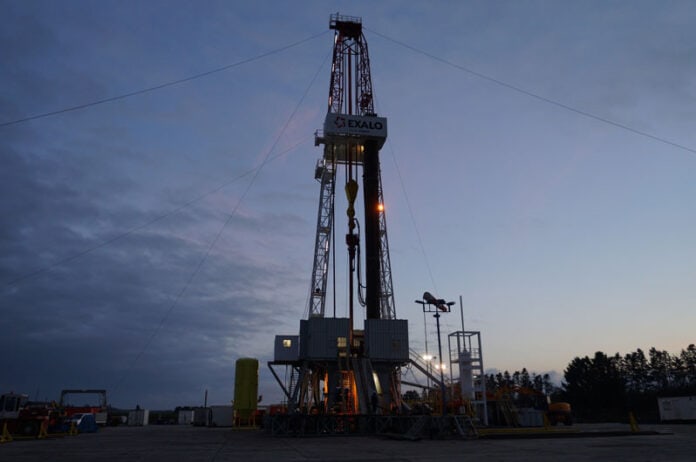Mud loggers are responsible for the collection, analysis, and interpretation of data obtained from drilling mud and cuttings.
Some mud loggers have degrees in geology or engineering, while others may only have a high school diploma combined with previous experience in the oilfield, such as working on a drilling rig.
They often work with geologists, drilling engineers, and other professionals on the drilling rig to provide important information on the well’s drilling progress and the geological formations encountered.
What is Mud Logging?
Mud logging is the process of analyzing and monitoring the drilling mud and cuttings from a well during the drilling process.
Drilling mud is a fluid that is pumped down the drill pipe and back up the wellbore to control downhole pressure, lubricate the wellbore, and help bring cuttings from the bit to the surface, keeping the wellbore clean.
The mud also provides critical information about the formation being drilled, such as its lithology, porosity, permeability, and hydrocarbon content.
Related: What Is Drilling Mud And How It Is Used?
Responsibilities of Mud Loggers
Collection and Analysis of Drilling Mud and Cuttings
Mud loggers collect samples of drilling mud and cuttings during the drilling process. These rock samples or cuttings are usually taken from shale shakers.
They analyze these samples to identify the rock types and their properties.
The frequency at which rock samples are caught and analyzed depends on the formation’s complexity and drilling speeds.
This means mud loggers may only work several hours during their shift and spend the rest of the time waiting.
There is also quite a bit of downtime during drill bit changes or when something goes wrong during drilling.
Gas Monitoring
Mud loggers use special tools to detect and measure the presence of hydrocarbon gases in the mud.
This information can be used to determine the presence of oil or gas in the formations and to ensure the safety of the drilling operation.
Maintaining Mud Logs
Mud loggers are responsible for maintaining detailed records of their observations and analyses using mud logs.
These reports typically contain information on drilling speed or rate of penetration, rock compositions, physical properties, and information about the hydrocarbons detected by gas chromatography.
Keeping Everyone Updated
Mud loggers are part of a multidisciplinary team working on the drilling rig.
They communicate their findings and interpretations to geologists, drilling engineers, and other team members to help optimize the drilling process.
Working as a Mud Logger
Often, mud loggers work alongside wellsite geologists and provide them with rock samples when needed.
Both office and wellsite geologists use mud logging reports to perform more in-depth well-drilling analyses.
Depending on the well’s complexity, wellsite geologists might sometimes perform all of the mud logger’s tasks.
Some new graduates with a degree in geology start working in the oil and gas industry as mud loggers before becoming on-site or office geologists.
This allows them to gain more field experience and understanding of the entire drilling process, making it easier to transition to other roles after a few years.
Most people try to avoid working as mud loggers for more than a couple of years because salaries are generally not very high in comparison to other oilfield positions.
Other common issues when working as a mud logger are mandatory overtime, little room for advancement, and poor living conditions.
Most mud loggers stay in the camp during the drilling operation and work 12-hour shifts.
Rotation schedules for mud loggers can vary, ranging from two weeks on and one week off to working the entire time the well is being drilled, which can be more than a month.
